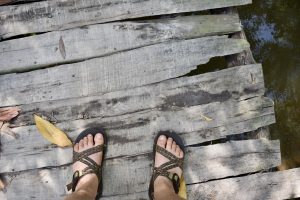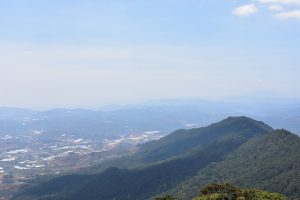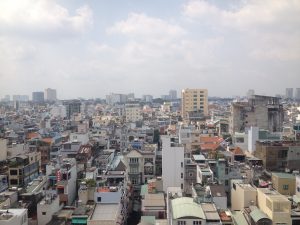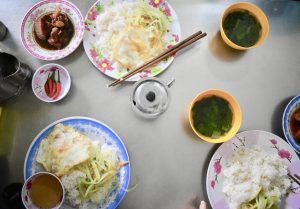I just arrived back to Sai Gon after a two week excursion to the Mekong Delta and Dalat with a short visit to Cat Tien National Park in between. I’m happy to be back but it was an unforgettable couple weeks. Mekong Delta is a rural, agricultural area where we visited many farms, went to the floating market, and studied rural development and culture. I’m attaching a video of our time there, which hopefully will speak for itself. The local students we met at Can Tho University where we stayed were fantastically enthusiastic and friendly. They invited us to play sports and we had a talent show/cultural exchange on our last night there which honestly was the best time.
Dalat was incredible. Let me just set the scene: it’s seated in a valley forested by pine trees, there is a lake at the basin around and upon which you can find tourists, flowers, lovers, and swan boats. The climate is moderate to cool, San Francisco-esque, which is a relief after the oppressively humid heat of HCMC and Mekong. The Dalat area is also agricultural but caters to an emerging high end market for luxury products like coffee and macadamia nuts. Historically, the region was a colonized by the French who negotiated/pushed the local ethnic minority people from their homelands and built a center for education. This is history is ever present in the architecture, food, and tourist culture of Dalat. We did an epic peak climb at the Lang Biang mountain nearby and afterwards had the chance to speak to some of the Lach K’ho ethnic minority people.
In the last weeks, we’ve spent a good chunk of time looking out bus windows so the rest of this blog post will be dedicated to the things I saw.
Things that might happen in the middle of the road
- Water buffalo crossing
- Clowns on motorbike
- Rollerbladers with light up wheels
- Incense
- Food stands
- Flooding
Things you probably will see on the side of the road
- Live cows
- People sleeping
- Houses on stilts
- KFC
- More telephone lines than you would believe
- A massive cliff
- Rainbows
- Jesus/Mary/Buddha/Bodhisattva statues for sale (probably at the same vendor)
Thank you for reading that’s all I got besides this short video!
Mekong Delta from Kate Woodall on Vimeo.



